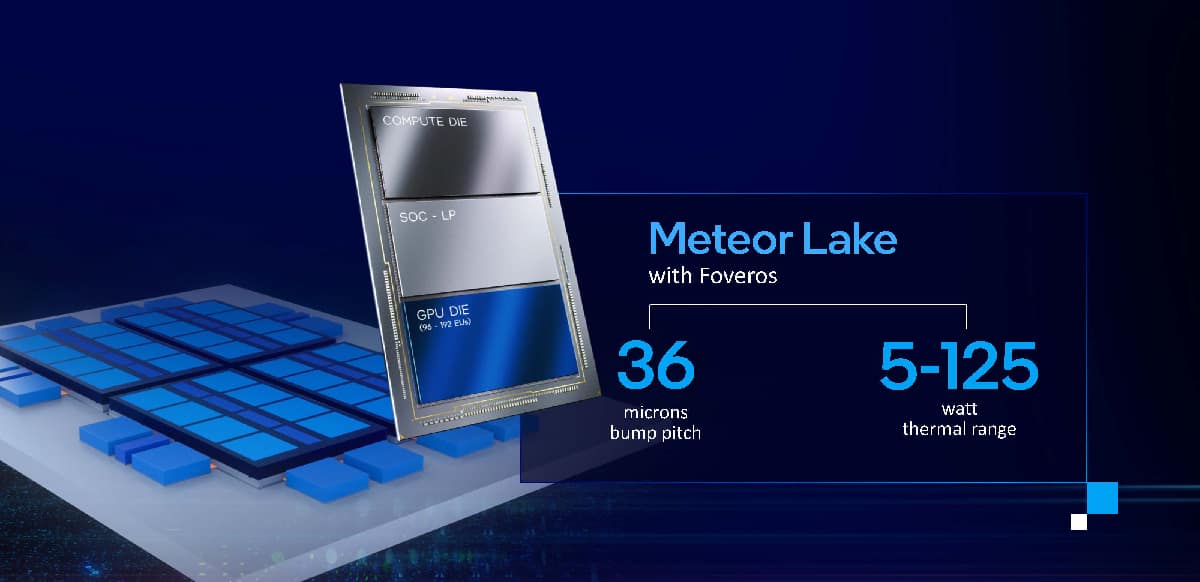Intel’s next-gen CPUs are borrowing a page from Meteor Lake’s book with performance monitoring

Table of Contents
Some readers may be about to experience déjà vu, and here is why. Intel’s Linux dev team is prepping the groundwork for next-generation performance monitoring capabilities in their upcoming Arrow Lake and Lunar Lake CPUs. While these processors promise a leap forward in processing power, a recent glimpse at the new Linux patches reveals a striking similarity to the performance monitoring features of Meteor Lake.
According to Phoronix, Intel has begun integrating these features into the Linux kernel’s “perf” subsystem, the section responsible for performance monitoring. The recently merged patches for Linux 6.11 introduce “model-specific bits” for these new CPU lines. The core Performance Monitoring Unit (PMU) itself appears largely unchanged from Meteor Lake, with a few key tweaks.
Prime Day is finally here! Find all the biggest tech and PC deals below.
- Sapphire 11348-03-20G Pulse AMD Radeon™ RX 9070 XT Was $779 Now $739
- AMD Ryzen 7 7800X3D 8-Core, 16-Thread Desktop Processor Was $449 Now $341
- ASUS RTX™ 5060 OC Edition Graphics Card Was $379 Now $339
- LG 77-Inch Class OLED evo AI 4K C5 Series Smart TV Was $3,696 Now $2,796
- Intel® Core™ i7-14700K New Gaming Desktop Was $320.99 Now $274
- Lexar 2TB NM1090 w/HeatSink SSD PCIe Gen5x4 NVMe M.2 Was $281.97 Now $214.98
- Apple Watch Series 10 GPS + Cellular 42mm case Smartwatch Was $499.99 Now $379.99
- ASUS ROG Strix G16 (2025) 16" FHD, RTX 5060 gaming laptop Was $1,499.99 Now $1,274.99
- Apple iPad mini (A17 Pro): Apple Intelligence Was $499.99 Now $379.99
*Prices and savings subject to change. Click through to get the current prices.
What are the major differences for Arrow & Lunar Lake?
The biggest difference lies in the monitoring capabilities for the power-efficient E-cores. These cores gain access to three new fixed counters, allowing for more granular monitoring of their performance. The performance-oriented P-cores retain their Performance Event Sampling (PEBS) functionality, but with an updated data source format. PEBS captures detailed information about branch instructions executed by the CPU, essentially allowing users to zoom in and pinpoint bottlenecks. The updated format suggests some improvements in the data capture process Beyond the core PMU, the patches hint at a more modern approach to performance monitoring with the introduction of:
- New Architectural Performance Monitoring V6
- New PEBS Format V6
- New RDPMC Metrics Clear Mode
Looking ahead to next-gen launches
The expected launch dates for these processors further solidify the feeling of continuity. Lunar Lake is expected to hit the market in September, closely followed by Arrow Lake in October. This timeframe suggests a smooth transition from Meteor Lake to its successors, with a focus on refining existing features rather than introducing entirely new ones.
Overall, the new Linux patches offer a glimpse into the future of performance monitoring for Intel’s next-generation processors. While they maintain a strong resemblance to Meteor Lake, the focus on improved efficiency and data capture suggests a continued commitment to providing developers and power users with the tools they need to optimize their systems.

